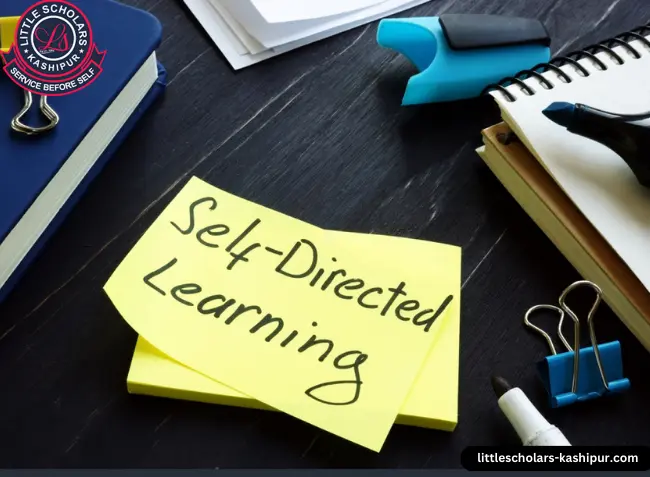Self-directed learning is more than just a buzzword in modern education; it's a transformative approach that empowers individuals to take charge of their learning journey. But what exactly is self-directed learning, and why is it gaining so much traction?
What is Self-Directed Learning
Self-directed learning, at its core, is a process where individuals take the initiative to diagnose their learning needs, formulate goals, identify resources, and evaluate their learning outcomes. This approach has evolved over time, from being a method primarily used by adults to a widely recognized educational strategy for all ages.
Benefits of Self-Directed Learning
One of the significant benefits of self-directed learning is the enhancement of critical thinking and problem-solving skills. When learners are in control, they engage more deeply with the material, fostering a culture of lifelong learning. This autonomy also leads to increased motivation and engagement, as learners pursue topics that genuinely interest them, creating a personalized learning experience.
Challenges of Self-Directed Learning
Despite its many advantages, self-directed learning is not without its challenges. A lack of structure and guidance can be daunting, especially for those new to this approach. Maintaining self-motivation and discipline is another hurdle. Additionally, the vast amount of available resources can lead to information overload, making it hard to discern valuable content from the noise.
Key Components of Self-Directed Learning
To successfully navigate self-directed learning, it’s essential to set clear learning goals and develop a detailed learning plan. Regular self-assessment and reflection help track progress, while seeking feedback and support from peers or mentors provides valuable insights and encouragement.
Guide to Behaviorism Learning Theory in Education
How to Implement Self-Directed Learning
Creating a conducive learning environment is the first step towards effective self-directed learning. This involves utilizing technology and online resources, implementing time management strategies, and finding the right balance between autonomy and guidance. It’s about crafting a space that fosters focus and creativity.
Self-Directed Learning in Different Contexts
Self-directed learning is versatile and can be applied in various contexts. In classrooms, it encourages students to take ownership of their education. In workplaces, it supports professional development and skill acquisition. On a personal level, it empowers individuals to pursue hobbies and interests with renewed vigor.
Success Stories of Self-Directed Learners
There are countless success stories of self-directed learners who have achieved remarkable feats. From famous personalities to everyday individuals, these stories highlight the power and potential of taking control of one’s learning journey. Real-life case studies offer inspiration and practical insights into the self-directed learning process.
Tools and Resources for Self-Directed Learning
Numerous tools and resources can aid in self-directed learning. Online courses and MOOCs provide structured yet flexible learning opportunities. Educational apps and software offer interactive and engaging content, while libraries remain invaluable for their vast array of physical and digital resources.
Self-Directed Learning and Technology
Technology plays a pivotal role in self-directed learning. AI and machine learning personalize the learning experience, virtual classrooms and e-learning platforms facilitate remote education, and social media and collaborative tools enhance interaction and knowledge sharing.
Self-Directed Learning Strategies
Effective strategies for self-directed learning include setting realistic goals, planning meticulously, employing effective research techniques, and organizing information systematically. Note-taking methods such as the Cornell system or mind mapping can also enhance comprehension and retention.
Learning Outcomes: Discovering the Power of Education
Common Misconceptions About Self-Directed Learning
There are several misconceptions about self-directed learning. It’s often thought to be suitable only for the highly motivated, which isn't true; anyone can benefit from this approach with the right mindset. Another myth is that it replaces traditional education, while in reality, it complements it. Lastly, self-directed learning is not isolated; collaboration and interaction are integral parts of the process.
The Future of Self-Directed Learning
The future of self-directed learning looks promising, with emerging trends indicating a shift towards more personalized and flexible education models. Educators and institutions will play a crucial role in supporting this shift, providing the necessary tools and frameworks to facilitate self-directed learning.
Conclusion
Self-directed learning is a powerful tool that has the potential to revolutionize education. By taking charge of their learning, individuals can unlock new levels of potential and achieve their goals. Whether in the classroom, workplace, or personal life, self-directed learning paves the way for a more engaged, motivated, and empowered future.




